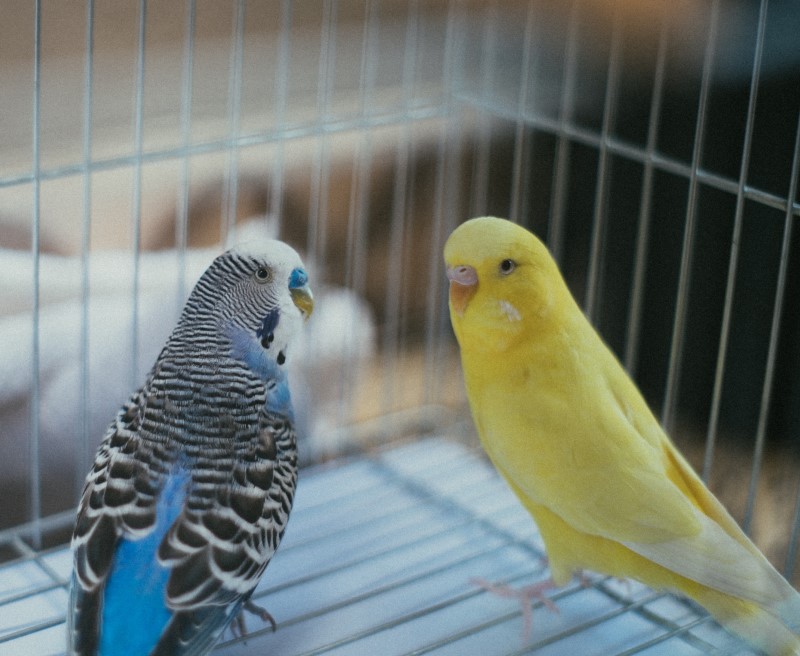JavaScript seems to be disabled in your browser. For the best experience on our site, be sure to turn on Javascript in your browser.
Getting your parrots to go back to their cage

Your pet parrot should have lots of freedom. It should spend lots of time outside of its cage. Conscientious parrot owners try to see to it that their parrots do not spend their lives imprisoned; rather, they make arrangements for additional territories, similar to what their parrot might have in the wild.
Furnishing your parrot with bird toys, a play stand or a bird perch would help to meet its needs for exercise and stimulation and also ensure a happier, well-adjusted parrot. Even after providing all your bird's needs, is it very certain that your bird will be well-behaved? No.
Situations may arise when you need your pet parrot to go back into its cage. For instance, you may need to leave your home for a few hours, and the birdcage becomes the safest place for your pet to be when there is no one to keep an eye on it.
Generally, your parrot ought to return willingly to its cage at night and if it is a talker, it may even ask to go to its cage when it feels sleepy, but trying to get your pet parrot to go back to its cage in the daytime may be quite difficult. It may happen that the parrot is having a moody day and just wants to be left undisturbed, it could be happily playing or grooming itself and does not want to be stopped, or it could be enjoying being close to humans and everyday goings-on in the household.
Inasmuch as you may be the master of your pet parrot, your pet parrot has a mind and a will of its own.
Parrots avoid getting into their cage through avoidance, resistance, and aggression.
When your parrot backs away to the opposite side of the top of its cage, it is harder for you to reach it or crawls down the backside on the outside of its cage, so you can't reach it; It is avoiding you.
When your parrot lunges and grabs onto the side of the cage with its beak, hanging on for dear life or grabs onto the side of the cage door opening; It is resisting you.
When your parrot lunges at you and threatens to attack or reaches down and bites your finger or hand; It is getting aggressive.
How to respond when your parrot lunges and bites
When this happens, you can do a double-handed swoop. The double-handed swoop is an effective method to avoid getting bitten. You do this by bringing both hands under your parrot's belly while instructing the bird to step up.
When you use the double-handed swoop, your bird will be busy watching your hands coming in on either side of its head and as it processes the information, it steps up.
How to respond when your parrot Latches on Its Cage
Backing your parrot in such a way that it has to enter the cage is a safe and practical method of returning your pet into its quarters.
With your parrot in your hand, position it so that it is facing away from the cage, with its bottom pointed towards the open cage door. Your parrot cannot see the opening so it won't latch onto the side.
How to respond when your parrot climbs all over the cage
For this, you can tempt your parrot with a treat.
Do this by placing a favorite food treat inside your pet's cage and then walking away and seemingly ignoring it. Your parrot will likely keep a sharp eye out for you after it has entered the cage so that it can run out. Once the parrot is busily investigating the food in its dish, the owner moves quickly to close the cage door.










